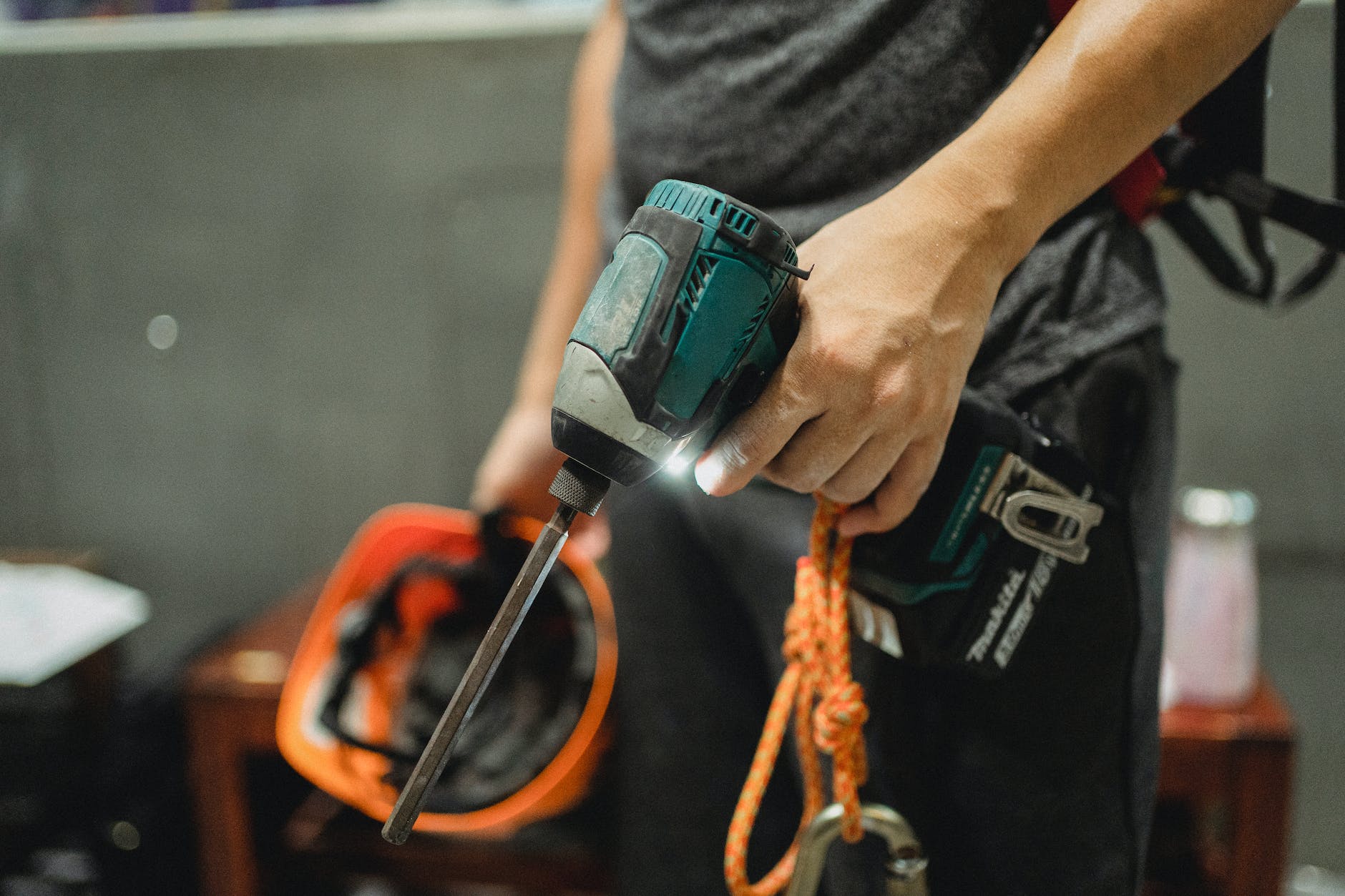
10 Rules for Workplace Safety
10 Rules for Workplace Safety : Workplace safety is paramount in every industry. Creating a secure and protected environment not only preserves the well-being of employees but also enhances productivity and fosters a positive work culture. Here are ten essential rules to prioritize workplace safety:
Introduction to Workplace Safety
Safety within the workplace is a critical aspect of any successful business operation. Ensuring the safety of employees not only reduces accidents but also cultivates a conducive environment for growth and productivity. According to statistics, workplace accidents can result in severe injuries or even fatalities, making it imperative to establish and follow stringent safety protocols.
Rule 1: Conduct Regular Safety Training
Regular safety training sessions are pivotal in keeping employees informed and prepared to handle potential hazards effectively. These sessions should cover various aspects, including emergency procedures, proper handling of equipment, and identifying workplace hazards.
Rule 2: Maintain a Clean and Organized Workspace
A clutter-free environment significantly reduces the risk of accidents. Implementing organizational practices ensures that workspaces are tidy, minimizing the potential for slips, trips, or falls.
Rule 3: Use Personal Protective Equipment (PPE)
Employers must provide and enforce the use of appropriate Personal Protective Equipment (PPE) as per the nature of the work. This includes helmets, gloves, goggles, and more, significantly reducing the risk of injury.
Rule 4: Implement Emergency Procedures
Establishing clear emergency procedures and regularly practicing drills ensures that employees are well-prepared to handle unforeseen situations. This includes fire drills, evacuation plans, and first-aid protocols.
Rule 5: Encourage Reporting of Hazards
Creating an environment where employees feel comfortable reporting potential hazards is crucial. Implementing anonymous reporting systems and fostering a non-punitive culture encourages proactive hazard identification and mitigation.
Rule 6: Regular Equipment Maintenance
Regular maintenance and inspection of equipment not only prolong their lifespan but also reduce the risk of malfunction or accidents caused by faulty machinery.
Rule 7: Promote Ergonomic Work Practices
Understanding and implementing ergonomic practices significantly reduce strain and injuries related to repetitive tasks. Employers should ensure workstations are ergonomically designed to minimize physical strain on employees.
Rule 8: Encourage Rest and Breaks
Fatigue is a significant contributor to workplace accidents. Encouraging regular breaks and adequate rest periods help employees stay alert and focused, reducing the likelihood of errors or accidents.
Rule 9: Foster a Safety-Minded Culture
Leadership plays a pivotal role in promoting a safety-first culture. Encouraging employee involvement, recognizing safety initiatives, and leading by example create an environment where safety is a top priority.
Rule 10: Continuous Improvement and Feedback
Regular feedback loops and evaluations are essential for continuous improvement in safety protocols. Encouraging suggestions and implementing changes based on feedback enhances safety measures over time.
Conclusion
Prioritizing workplace safety through the implementation of these ten rules not only safeguards employees but also contributes to a more efficient and thriving work environment. By fostering a culture that values safety, businesses can mitigate risks and create a conducive space for growth and success.
Safety Regulations in Industrial Safety
FAQs
- How often should safety training sessions be conducted? Safety training should be ongoing, with regular sessions scheduled, especially for new hires and when introducing new procedures or equipment.
- What can employees do to contribute to workplace safety? Employees should actively participate in safety protocols, report hazards promptly, and adhere to established safety guidelines.
- Why is ergonomic design crucial in a workspace? Ergonomic design reduces physical strain, minimizing the risk of repetitive strain injuries and enhancing employee well-being.
- How can companies encourage a safety-minded culture? Companies can encourage a safety-minded culture by involving employees in safety initiatives, providing incentives, and consistently reinforcing safety practices.
- Why is continuous improvement essential in workplace safety? Continuous improvement allows businesses to adapt to new risks, refine safety procedures, and ensure ongoing protection for employees.
























